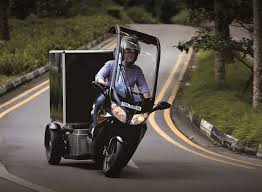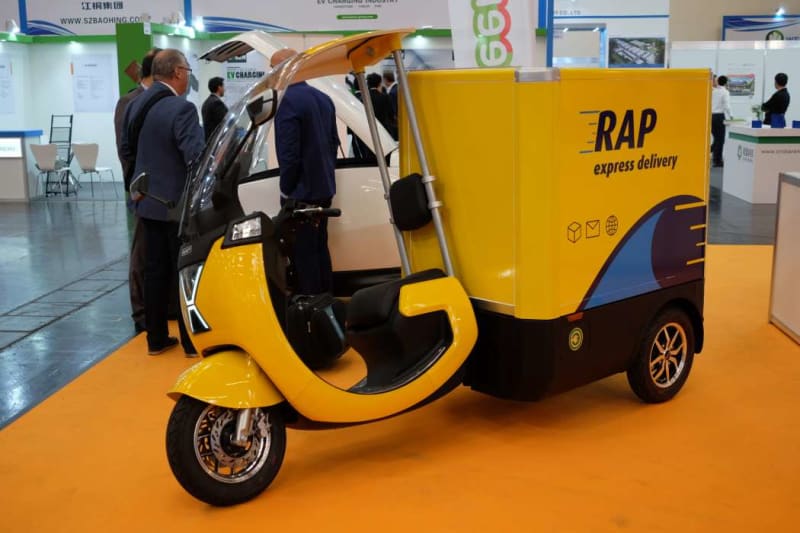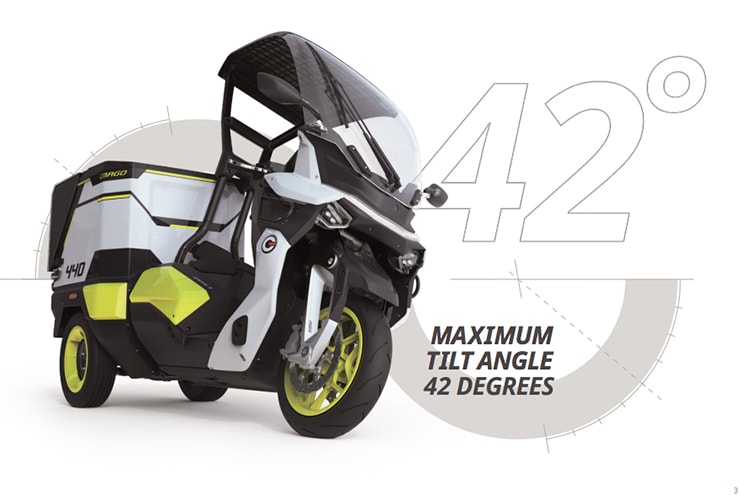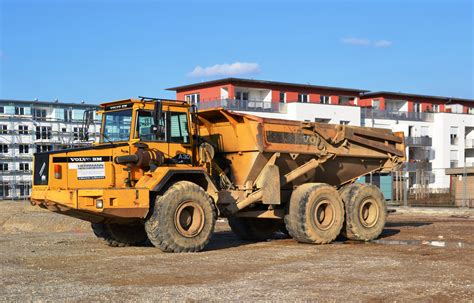Yes, I'm beginning to suspect that might be the case, that is the driver still has to control the thing. Here's the title of a very long paper saying tain't so, but watching youtubes of them racing suggests that the driver doesn't just sit there like a pudding
DETC2018-85087
1 Copyright © 2018 ASME
SIMULATION BASED TRAJECTORY ANALYSIS FOR THE TILT CONTROLLED HIGH
SPEED NARROW TRACK THREE WHEELER VEHICLE
Jigneshsinh Sindha∗
IIT Kharagpur
Kharagpur, India 721302
Email: sindha.jignesh@gmail.com
Basab Chakraborty
IIT Kharagpur
Kharagpur, India 721302
Email: basab@see.iitkgp.ernet.in
Debashish Chakravarty
IIT Kharagpur
Kharagpur, India 721302
Email: dc@mining.iitkgp.ernet.in
ABSTRACT
Small sized three wheeler electric vehicles (EVs) are gaining popularity in many developing countries because of its low
cost operation and excellent manoeuvrability. However, usage
of such a 3Ws usage is limited to low speed application such as
last mile public transport. Vehicles with such configuration are
not well accepted for personal mobility. If the safe speed of such
a vehicles are improved, such a vehicles can also become viable to personal transport. Active tilt control (ATC) systems are
seen as one of the possible solution to improve safe speed of narrow track 3Ws.Literature indicates that many attempts have been
made for establishing active tilt control system on 3W vehicles
for enhancing stability of ATC vehicles and promising results
were obtained. This paper presents simulation based analysis of
the ATC 3W electric vehicle. This work is part of full scale experimental prototype development for the narrow track ATC 3W
vehicle with one wheel in front configuration. The primarily focus of this work is to address vehicle dynamics and trajectory
related issue of the tilting 3Ws.
A multi-body model of ATC 3W vehicle using single track lateral
dynamic model with nonlinear tire characteristics was prepared
in SimMechanics. The lateral dynamic outputs in terms of the
trajectory followed by vehicle were compared for the constant
steering inputs given to non-tilting vehicle, tilting vehicle with
direct tilt control(DTC) system and tilting vehicle with Steering
direct tilt control (SDTC) system. Two critical driving scenarios
of U-turn and Lane change manoeuvre are analyzed. It is observed from the results that there is certain trade-off in selecting
a tilt actuator and controller so as to minimize the jerks in the perceived acceleration due to high gain and minimize the tilt angle
error to ensure proper stability improvement. It is also identified that the controller must be tuned to the predictable trajectory
control, in addition to the main task of reducing the load transfer
across the rear wheel axle. The model presented in the paper is
used to understand the performance of DTC and SDTC control
strategies during potentially dangerous manoeuvres. The desired
path following ability of the vehicle is the main measures considered for the analysis.
Cheers
Greg Locock
New here? Try reading these, they might help FAQ731-376







